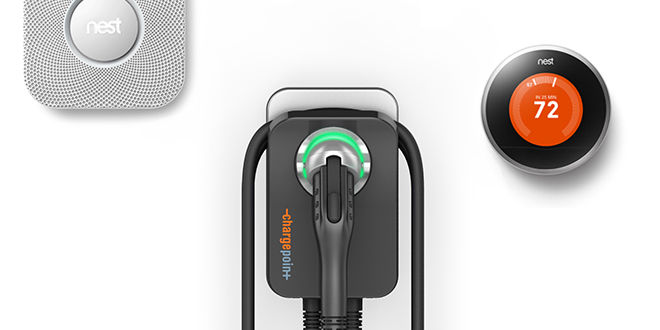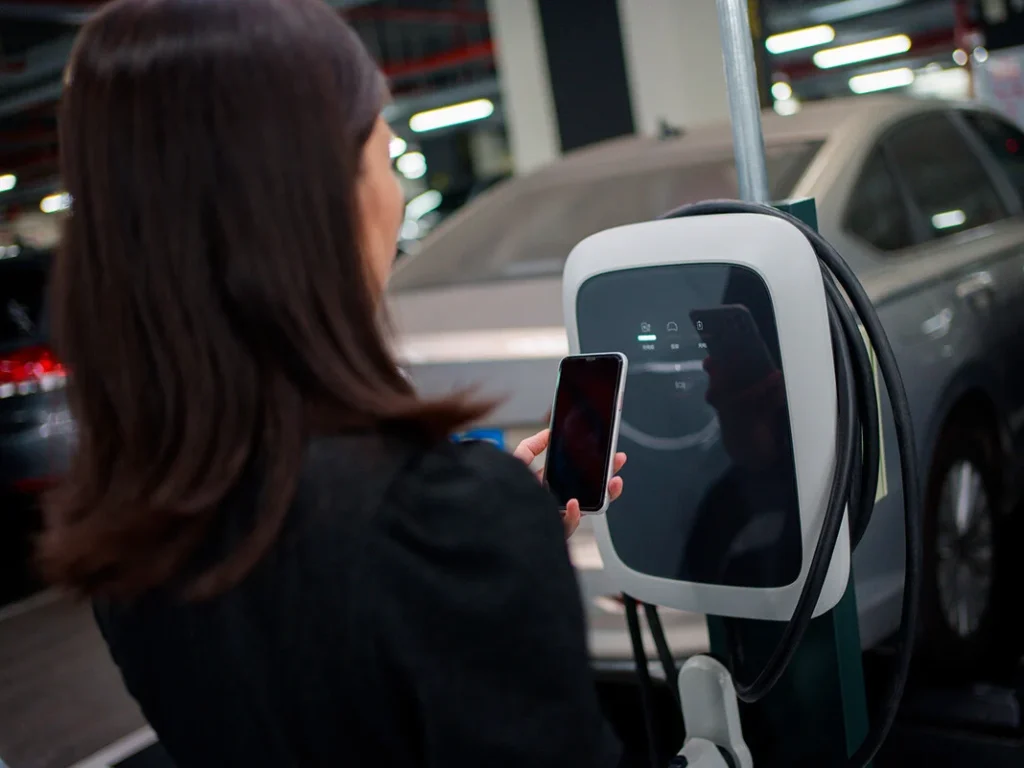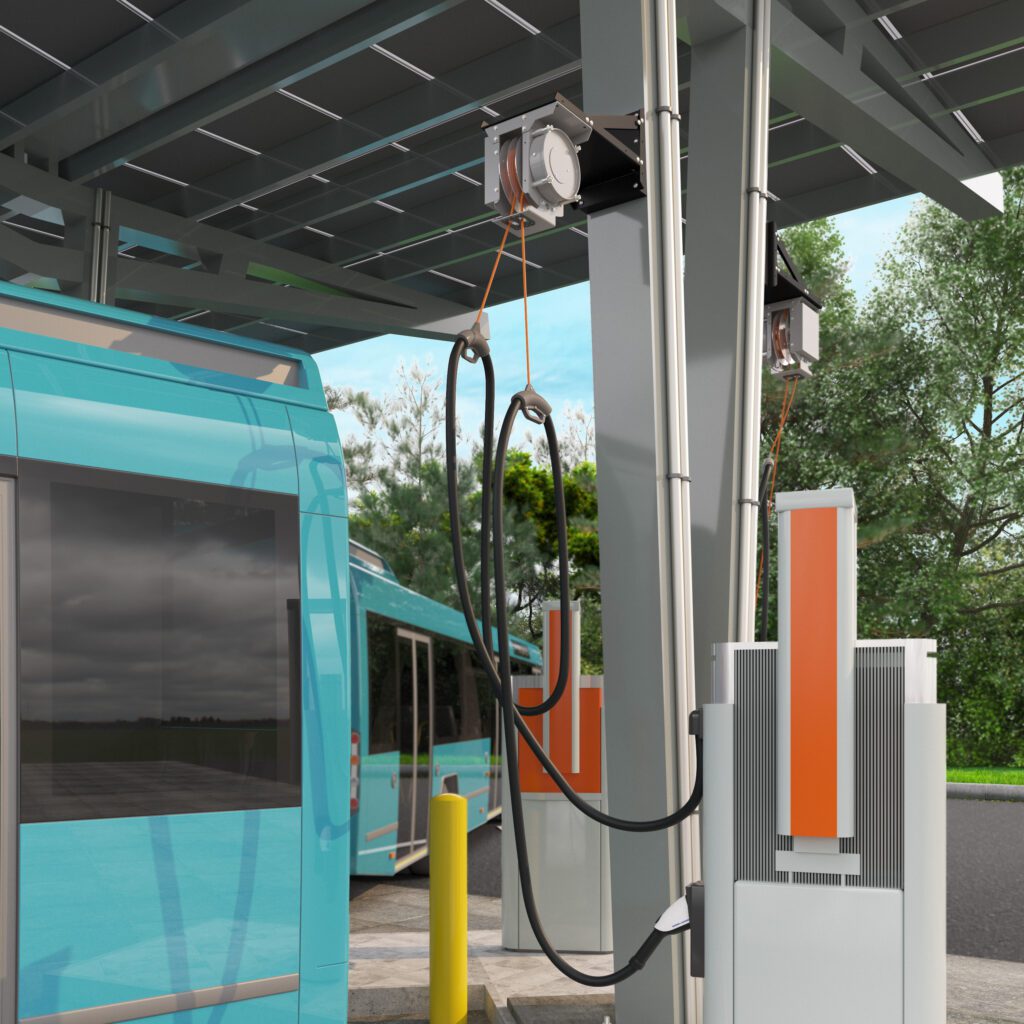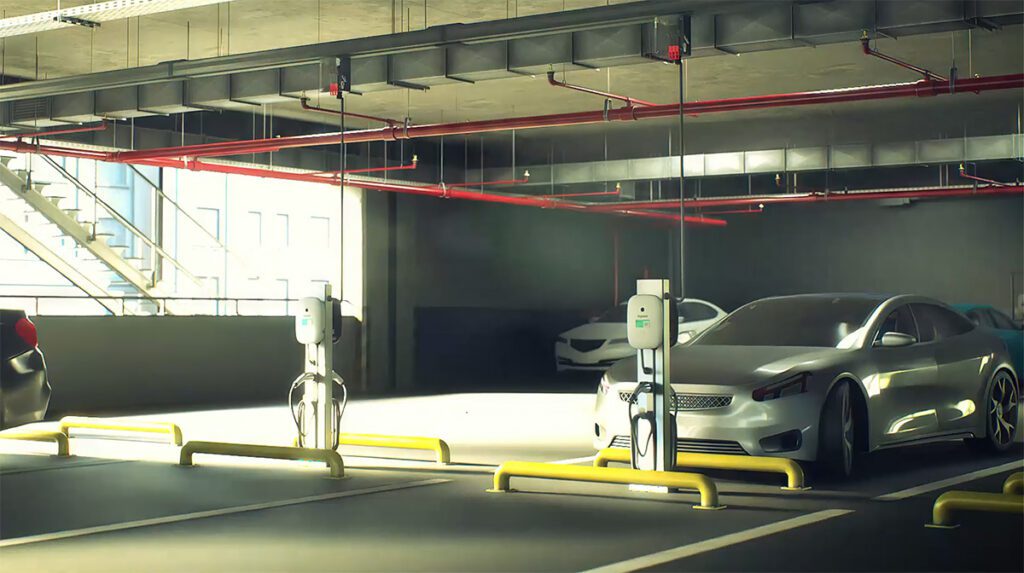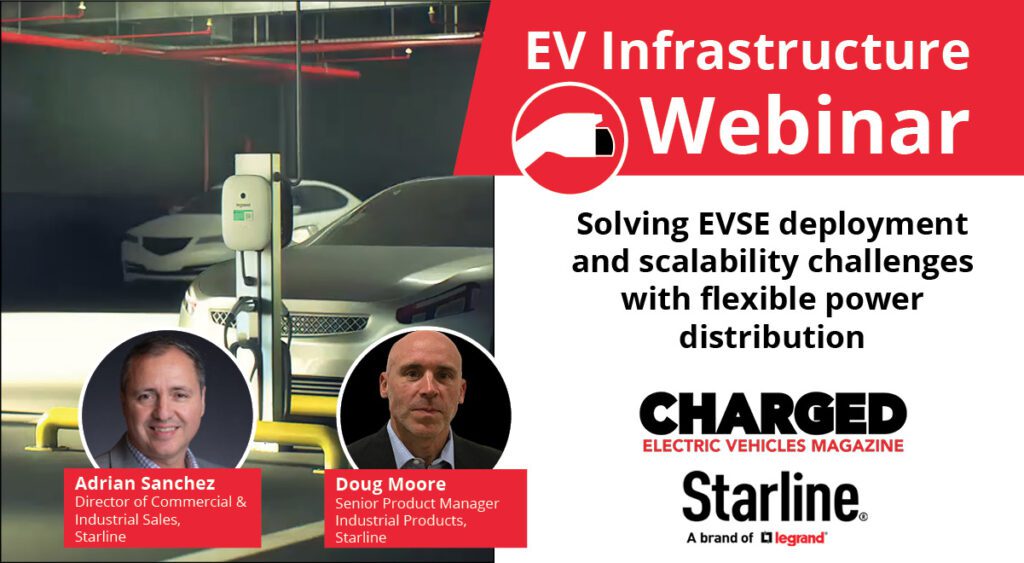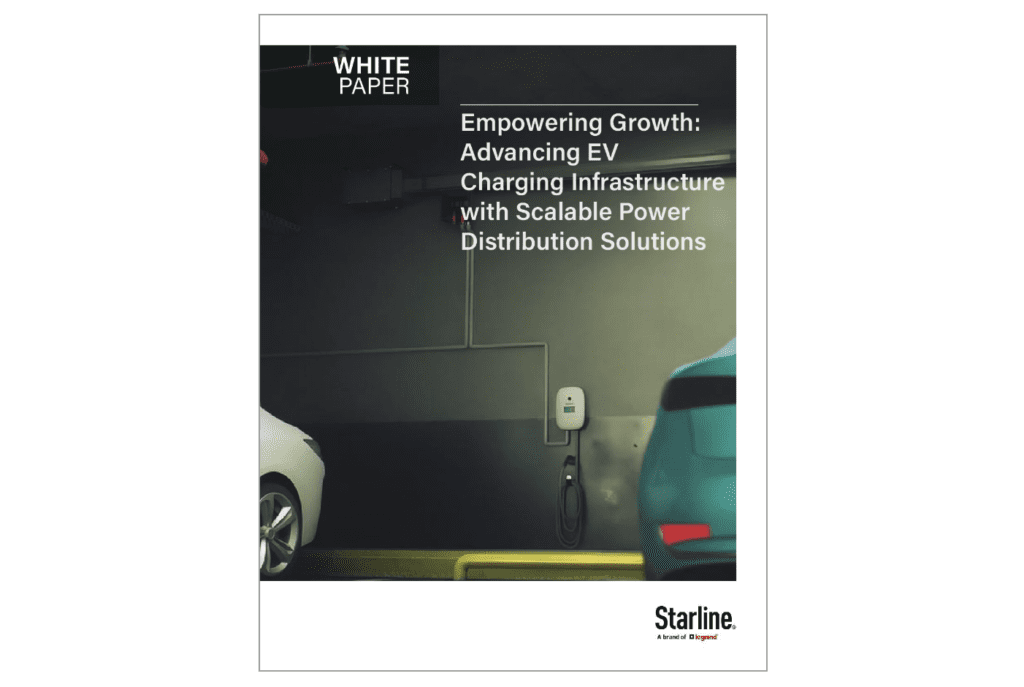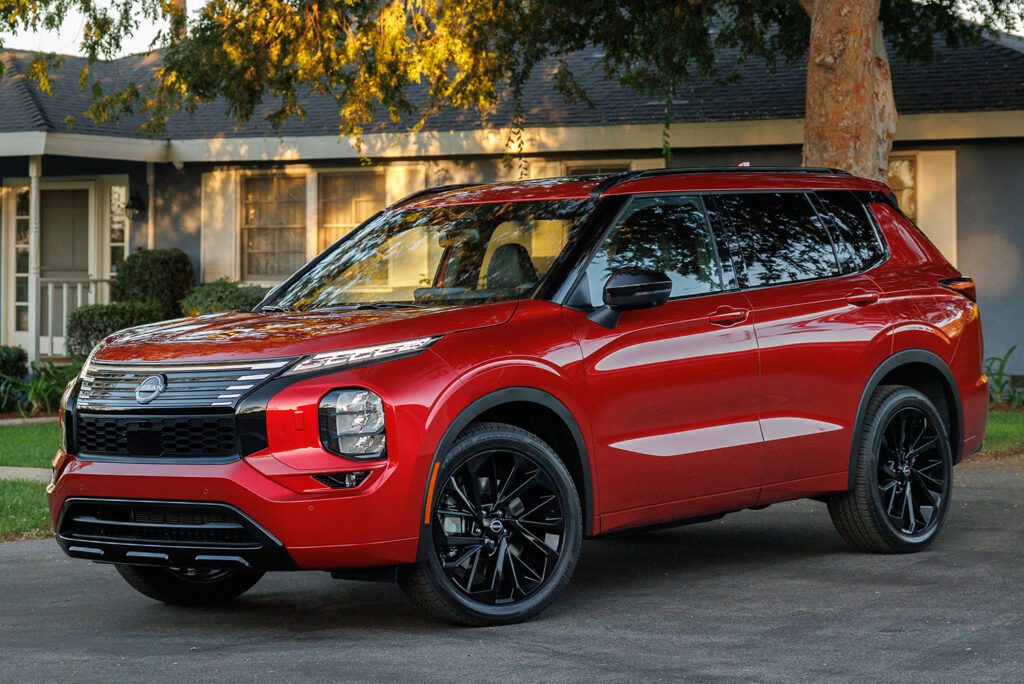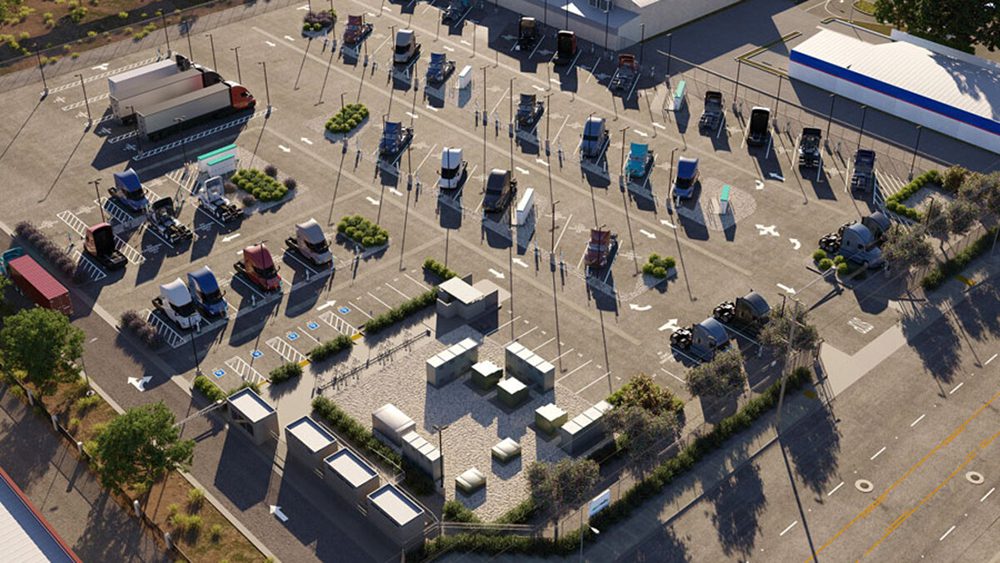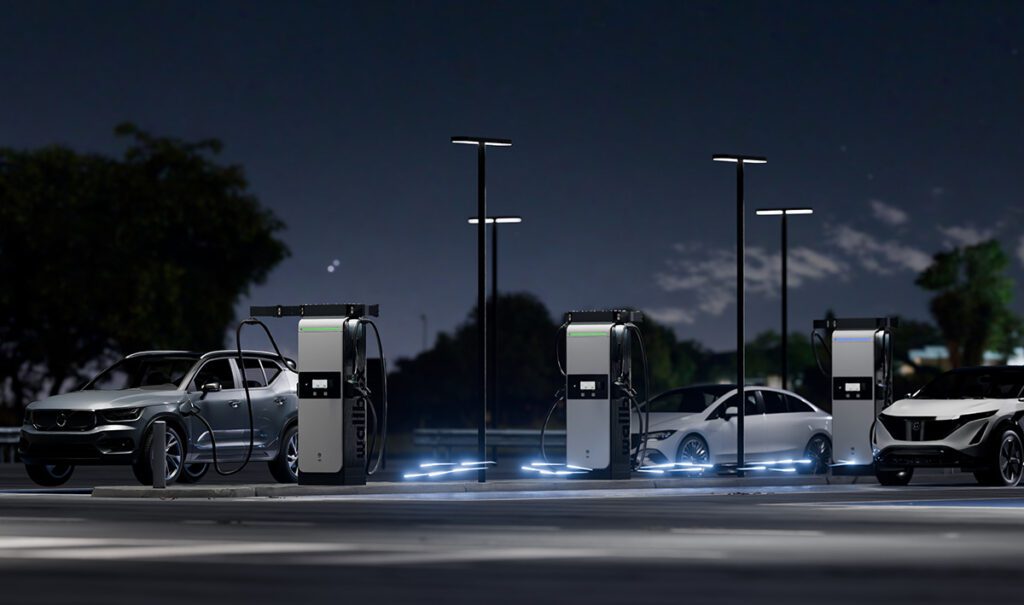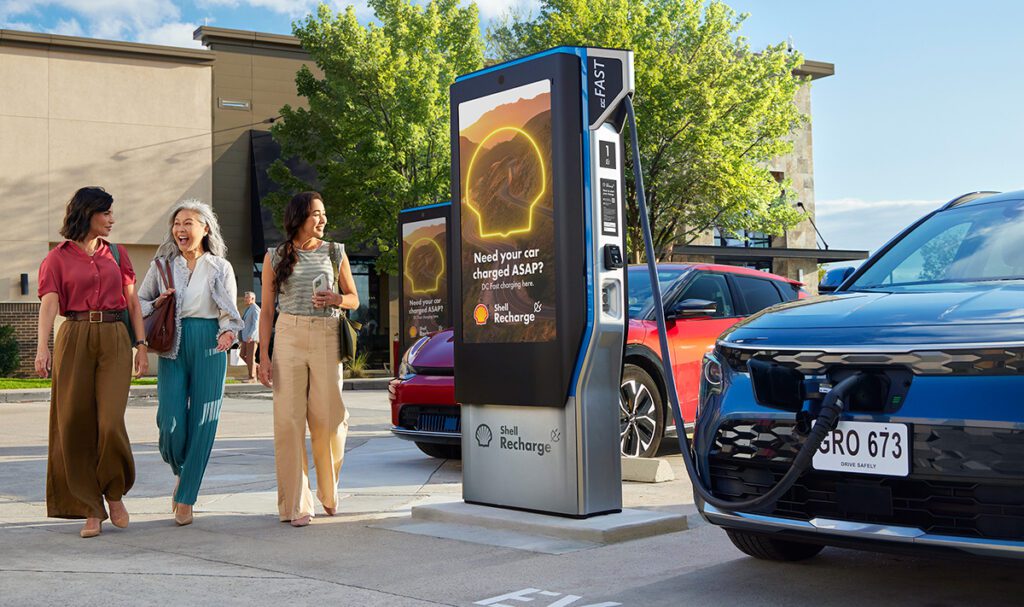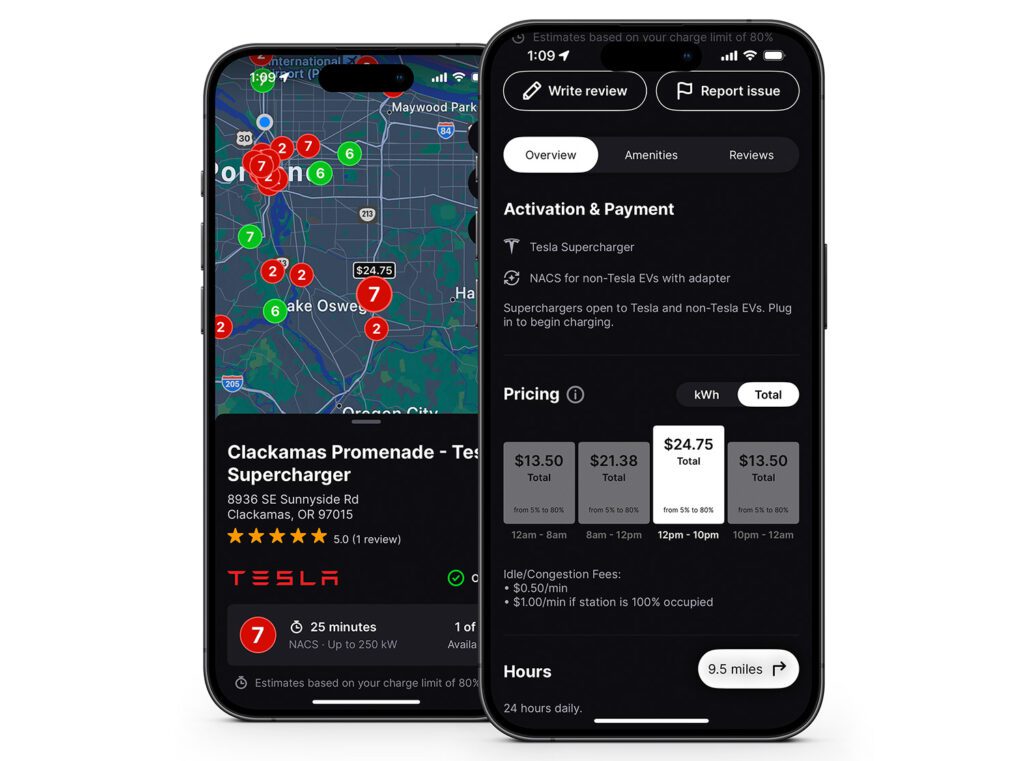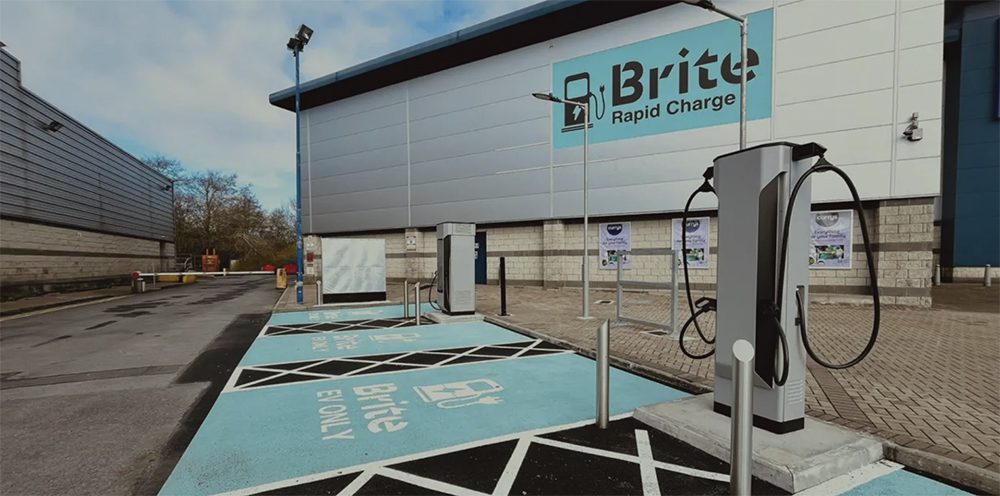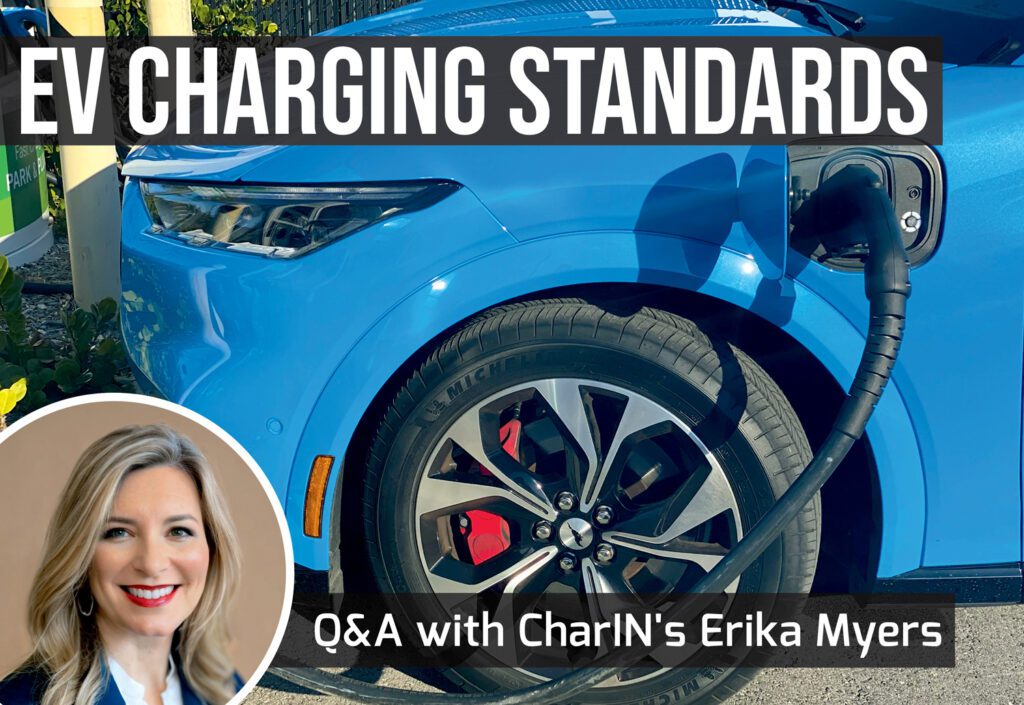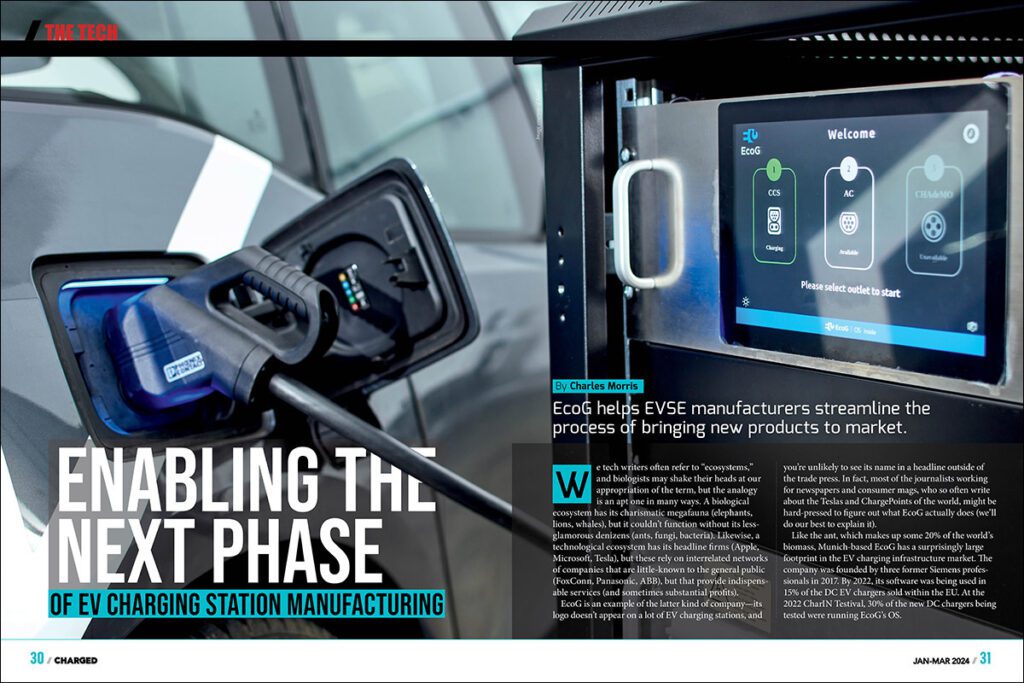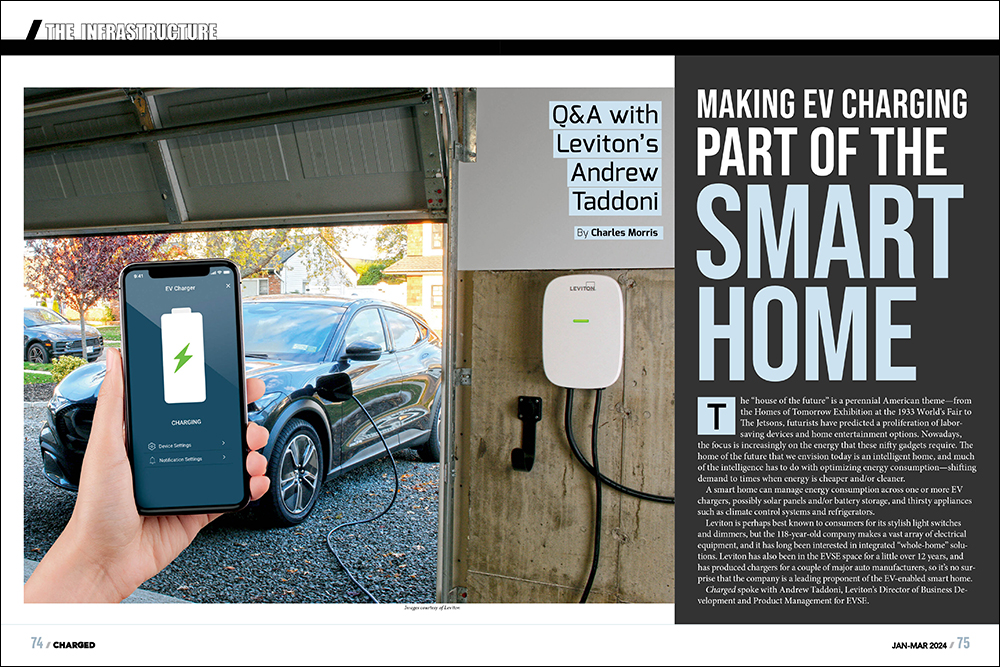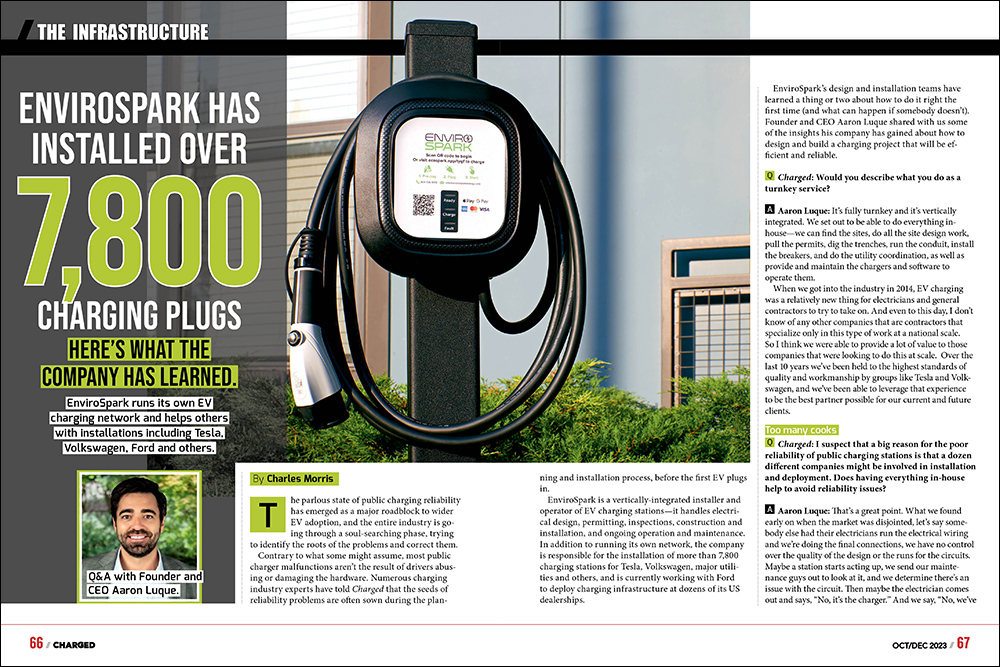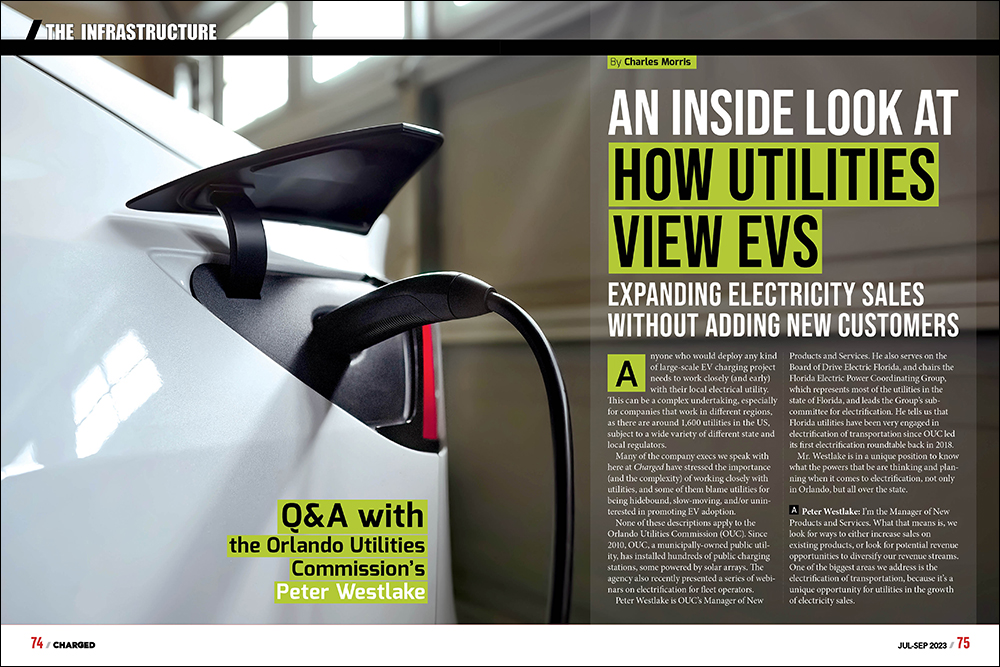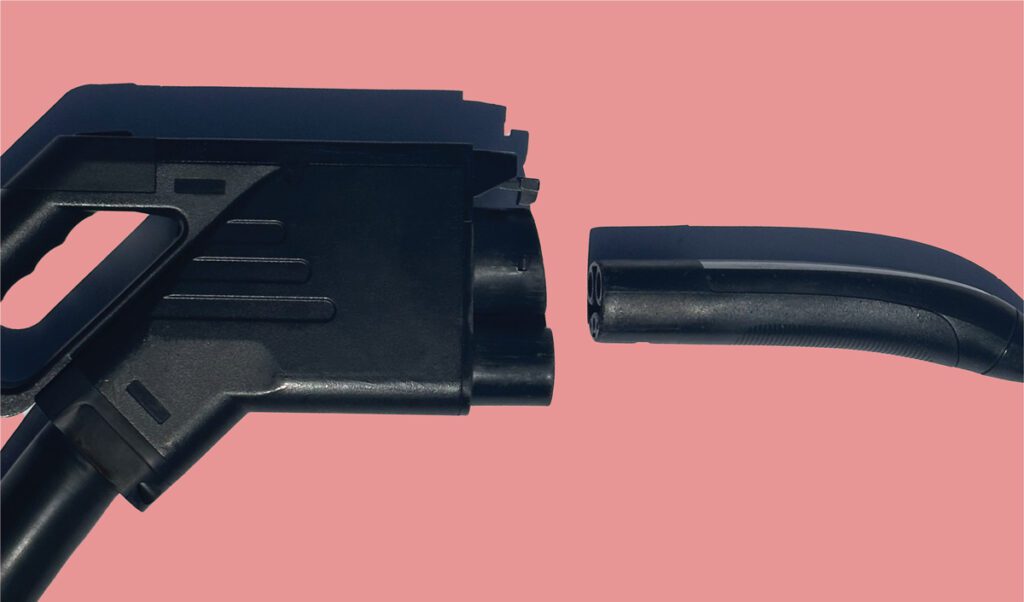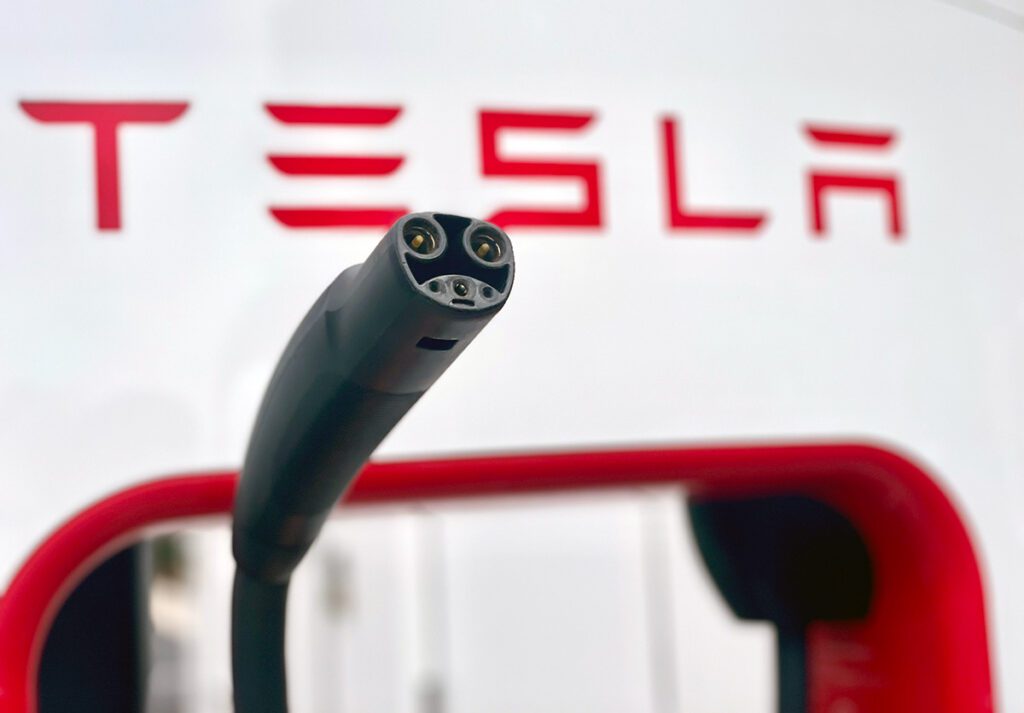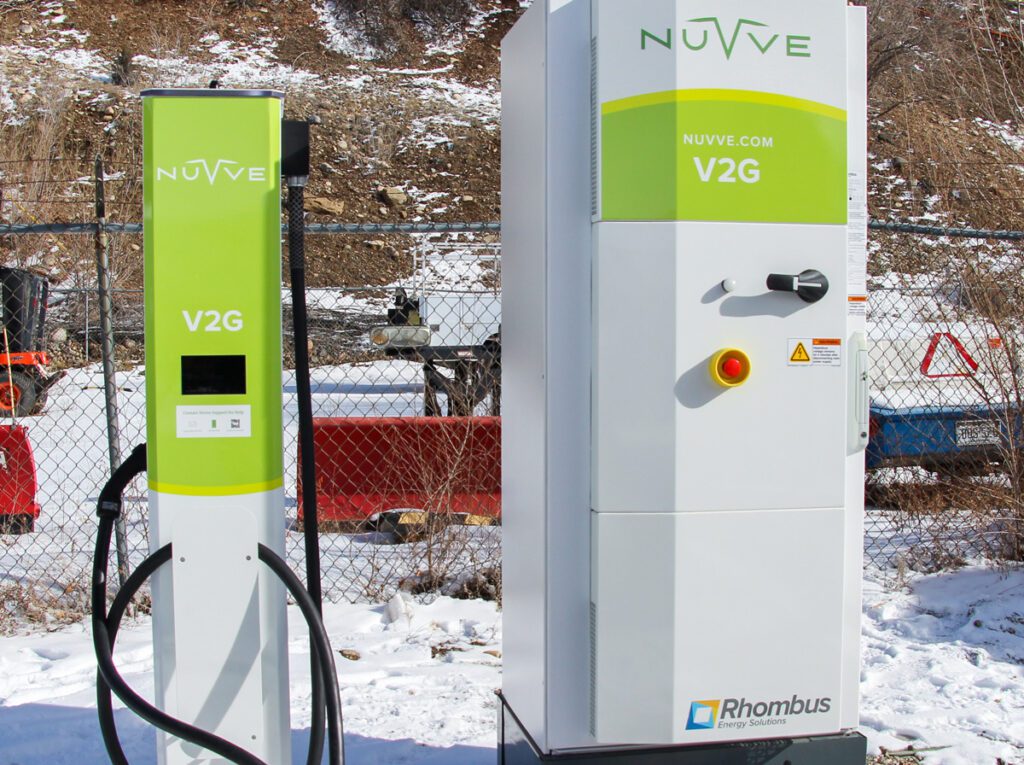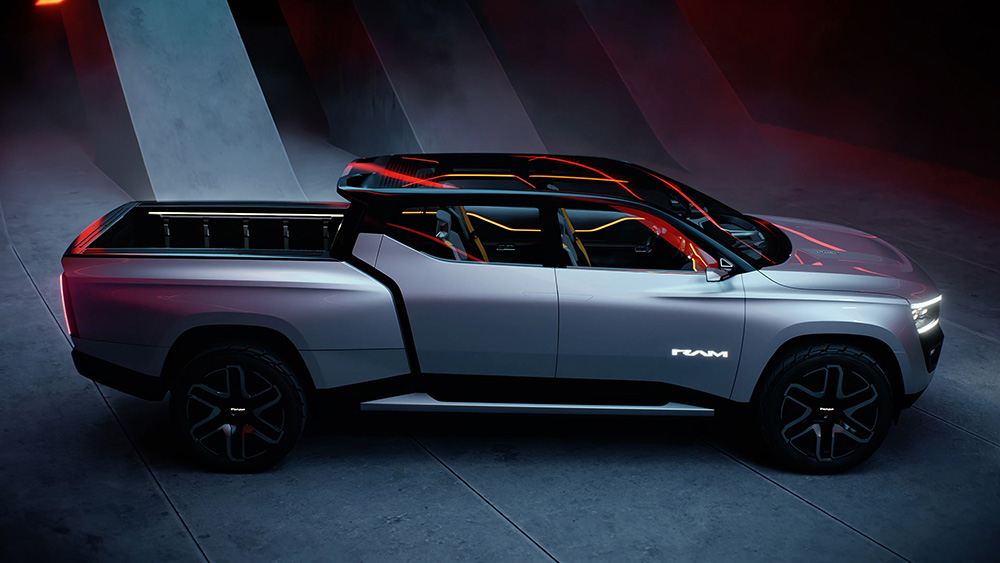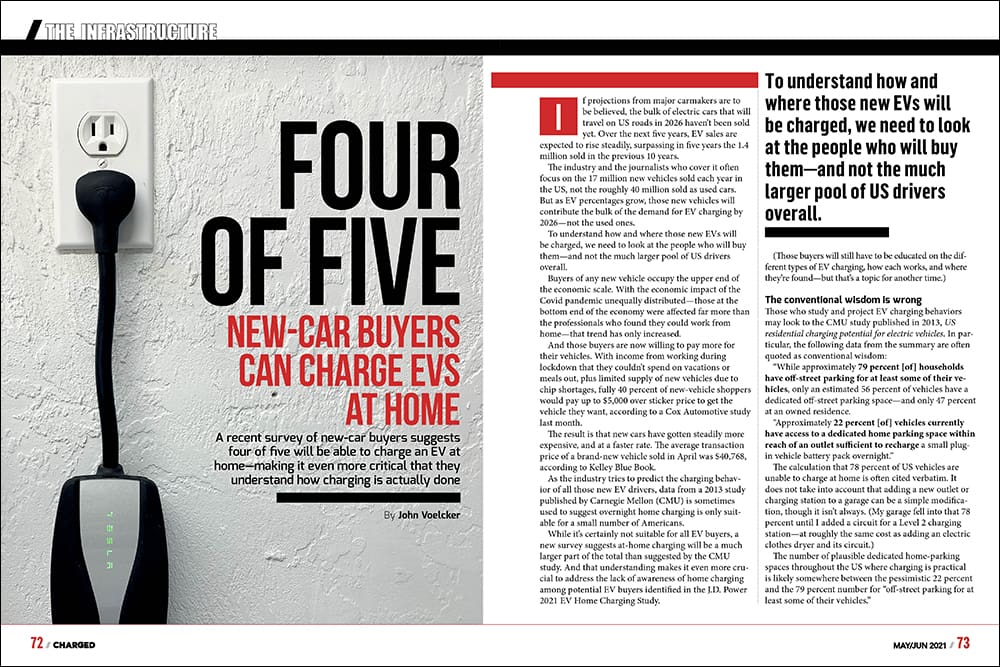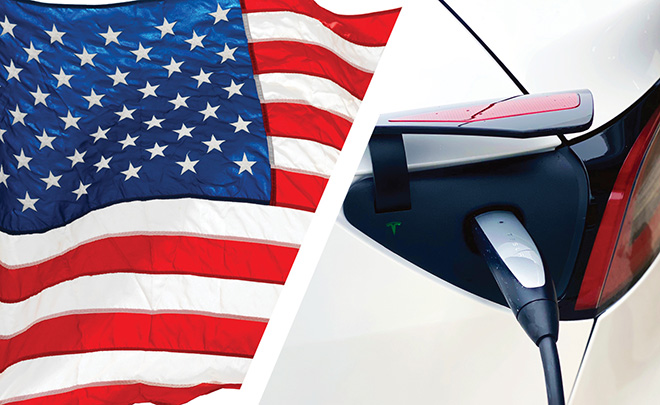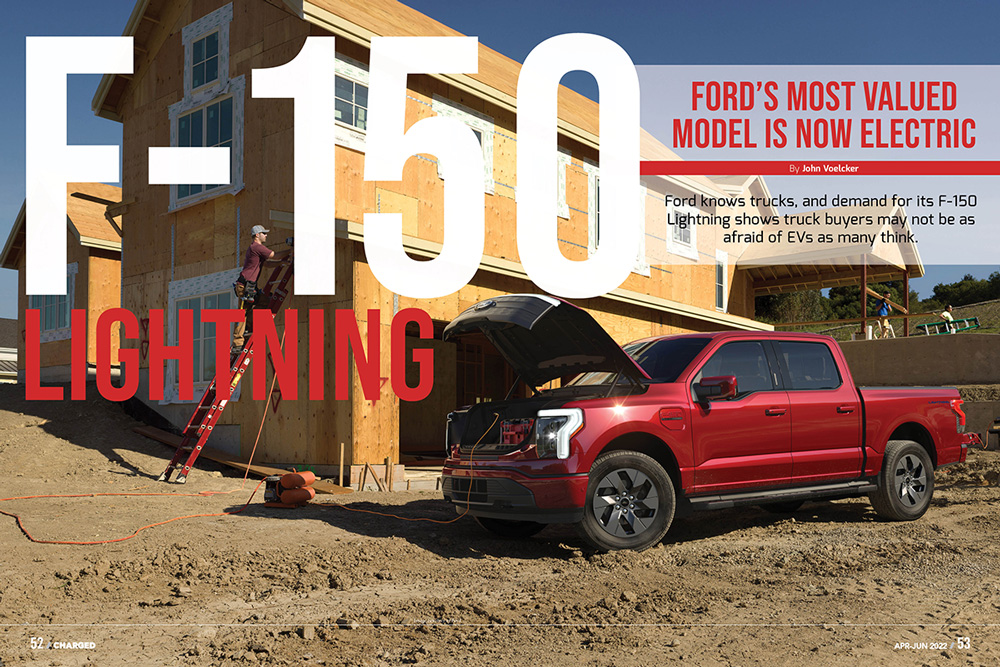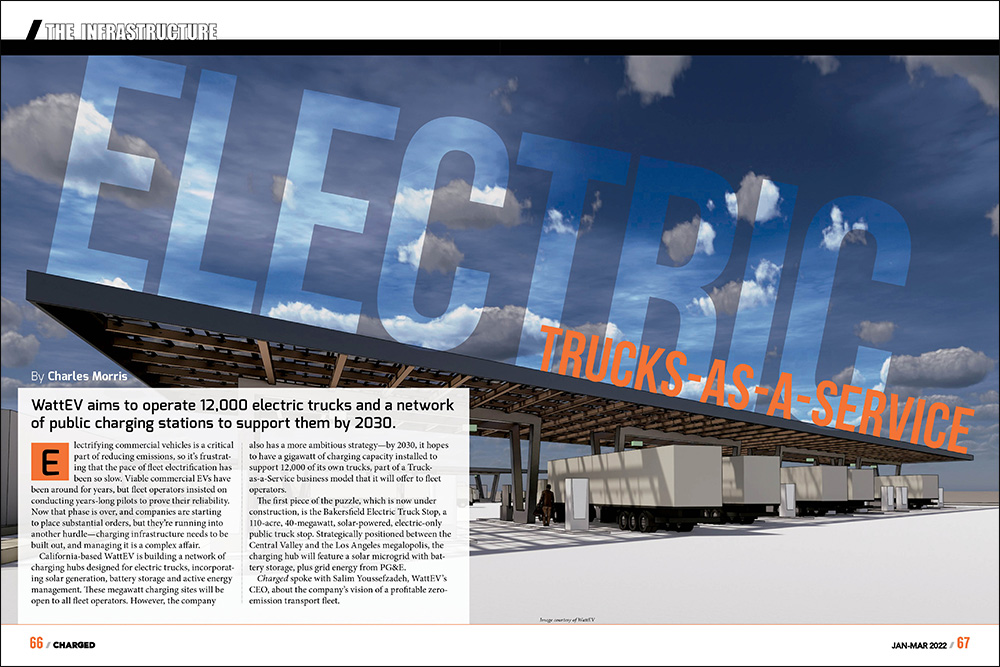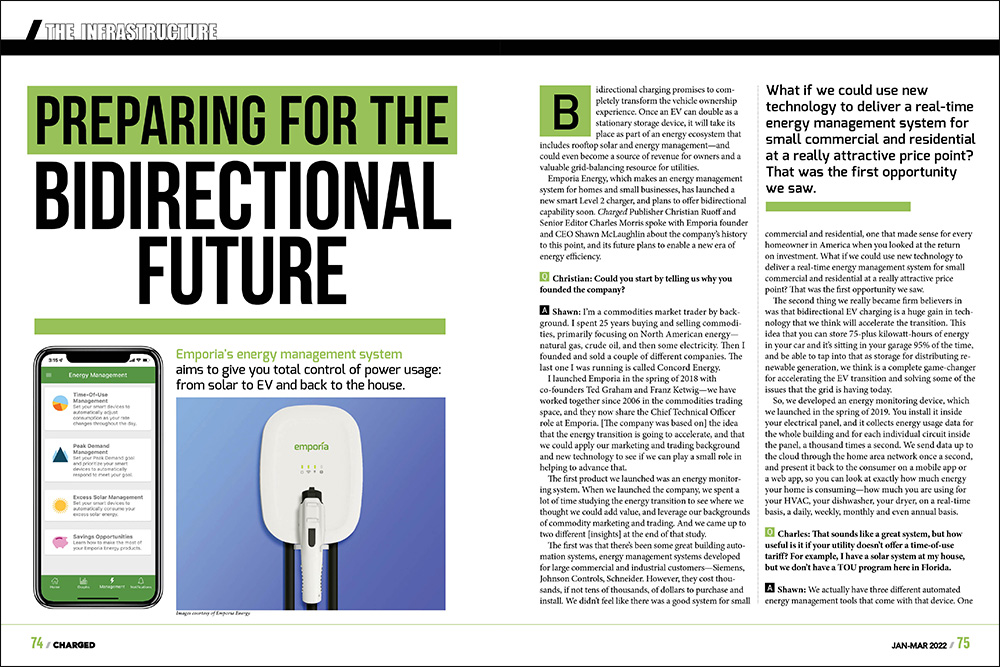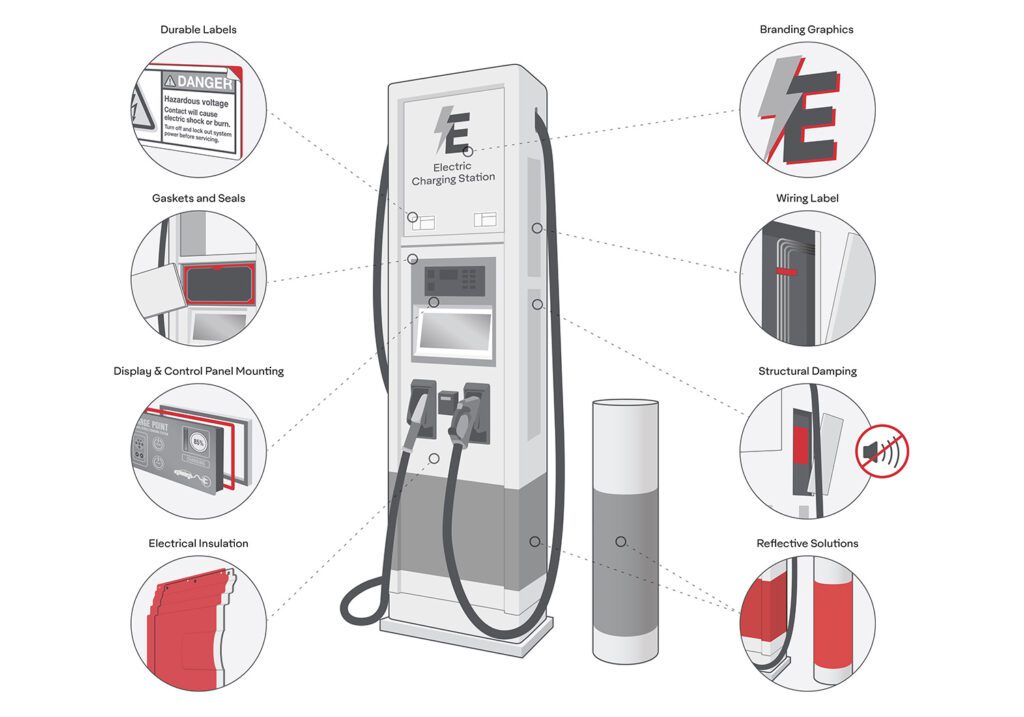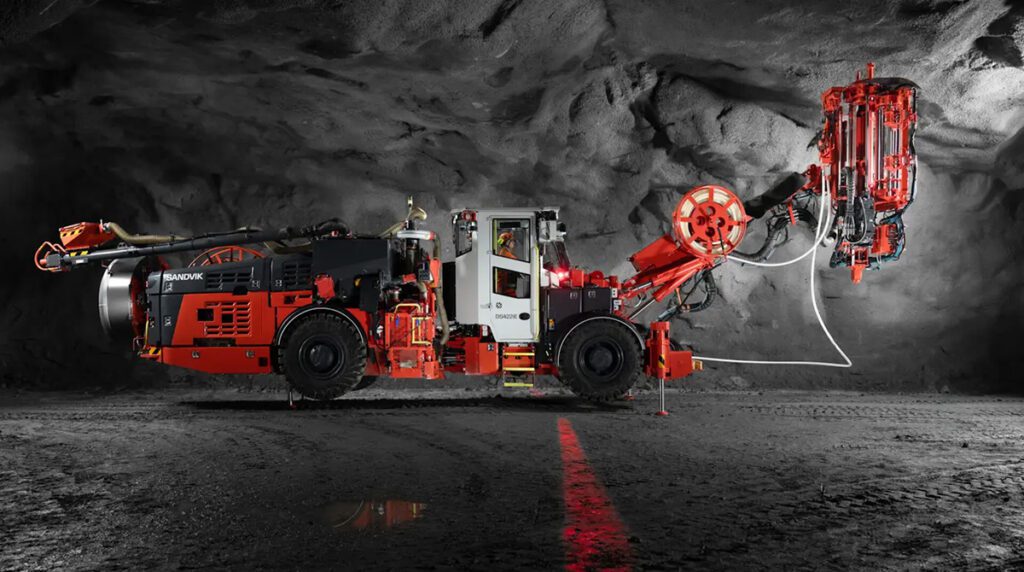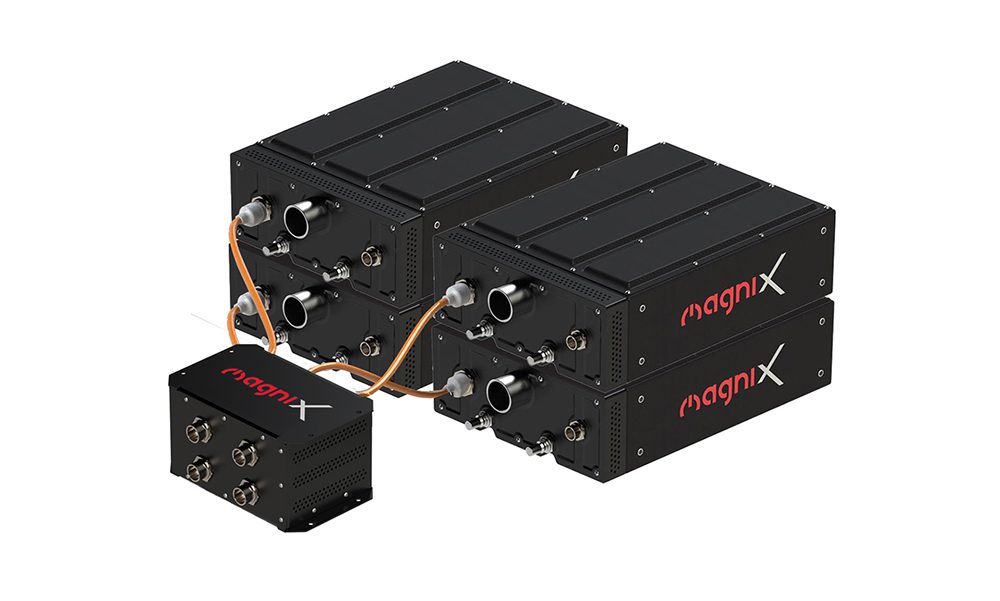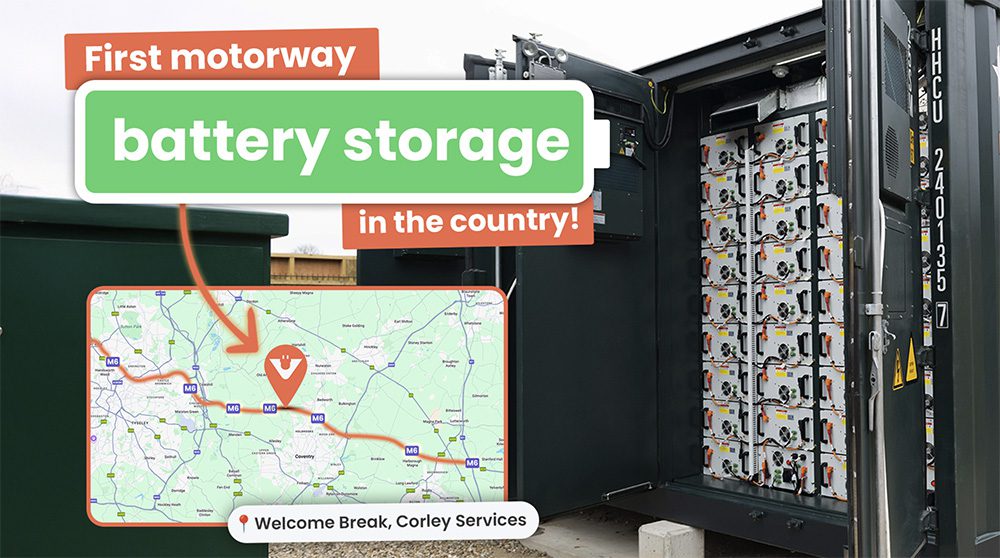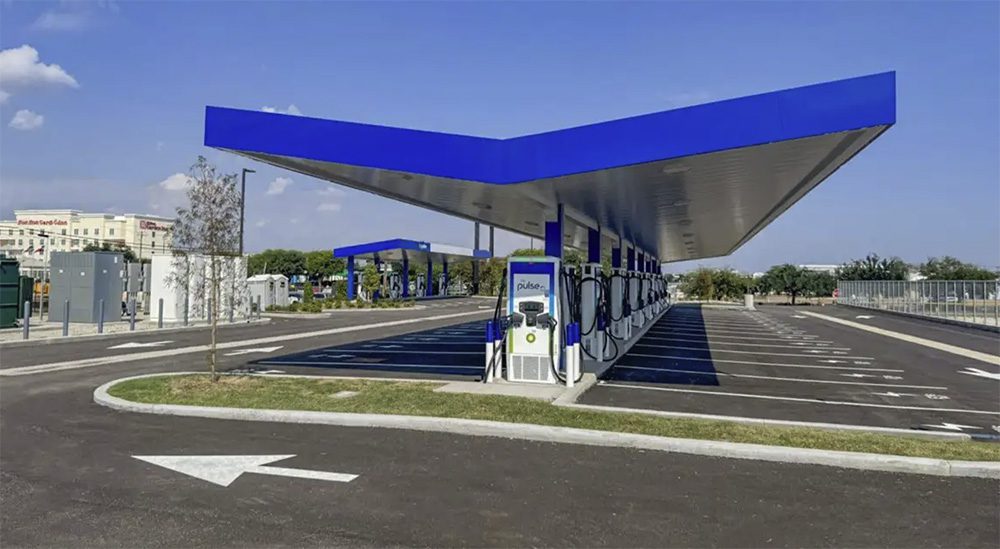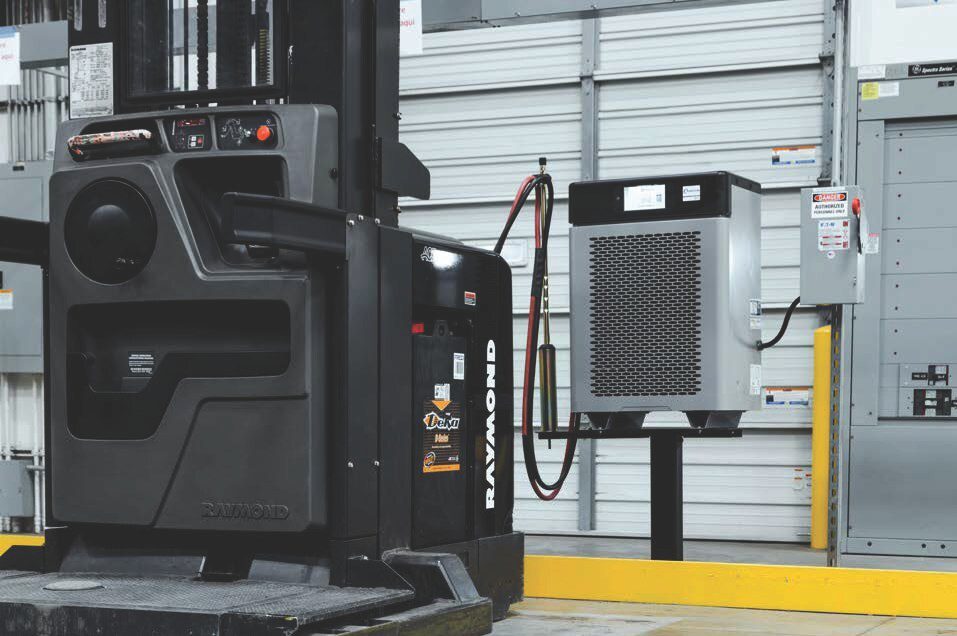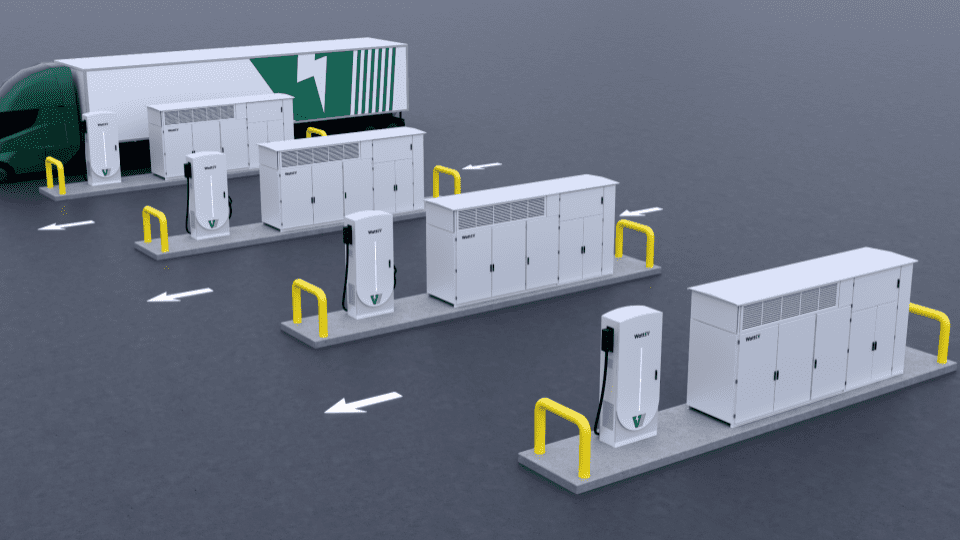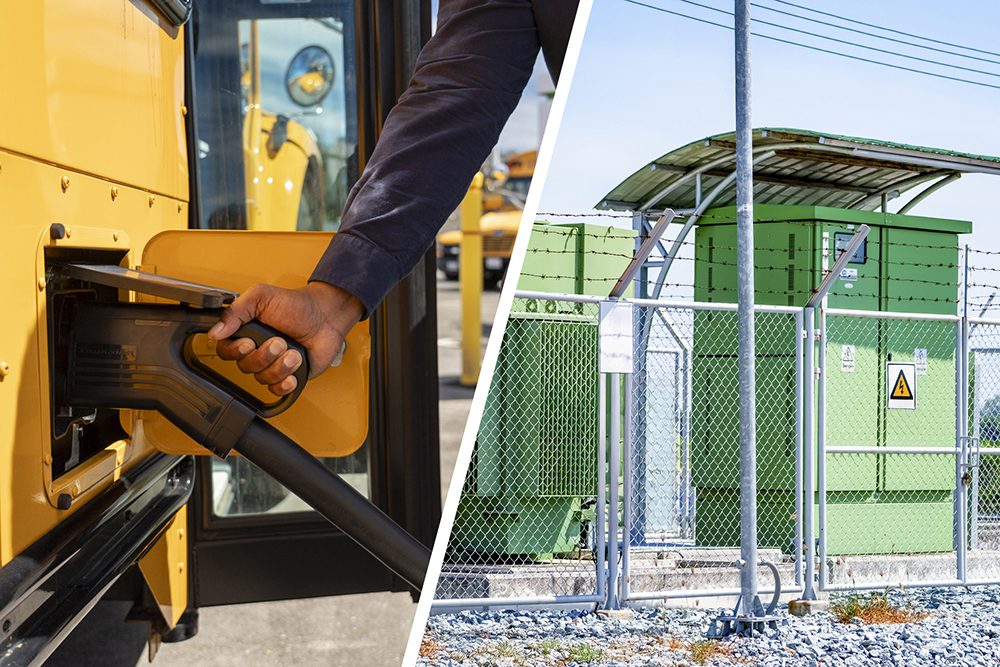ChargePoint is the operator of North America’s largest public EV charging network with over 20,000 “places to charge.” In January, the company announced the launch of its new residential charging station. ChargePoint Home plugs into a standard 240 V outlet and is rated for either 16 or 32 amps. The unit will have interchangeable cords offered in lengths of 12, 18, or 25 feet – a unique feature that the company believes will give it an edge in price.
ChargePoint Home will also be the first EVSE to integrate with the popular Nest Smart Thermostat. During an interview for the latest issue of Charged, CEO Pasquale Romano shared some details.
Detect and protect
“What Nest wants to do is use every possible indicator of presence detection, and one of the easiest is when you just rolled into your garage and plugged your car in,” said Romano. “So at a minimum we’re going to have another source of presence detection for a Nest environment in your house.”
The Nest Protect smoke and carbon monoxide detector is a “reimagined” sensor that uses speakers to tell you what and where the problem is, and also sends an alert to your phone if an alarm goes off or the batteries are getting low. If the system senses a fire in your home or other power emergency, ChargePoint Home will automatically shut down.
 Nest Thermostat and Protect installed in a home
Nest Thermostat and Protect installed in a home
Peak savings
Nest’s Rush Hour Rewards is a service that helps you earn money back from your energy company by using less energy during peak demand. The rewards are currently available to Nest Thermostat owners with air conditioners who sign up with Nest’s energy company partners. Depending on your provider, Nest says you could earn $20-$60 back per Nest Thermostat each summer.
Soon, ChargePoint Home will be able to communicate with the system. During times of high demand on the grid, an electric utility will send Nest a signal to reduce energy usage, and Nest will communicate with ChargePoint Home to slow down the amount of power Home is pushing to your car. This will help to prevent excess grid load and avoid charging EV drivers when electricity is at its most expensive. Users will be able to opt out if they want to continue receiving full power from the charging station.
“In the future, should Nest, or any company, begin to do more things with energy management, we will be able to integrate with that too,” Romano told Charged. “We’re primarily a software company. Even though we make great hardware, we spend most of our time and effort trying to make the software super-simple, very usable and well integrated with things people use in their house. The goal is to bring our drivers a lot of value.”
More on the launch of the ChargePoint Home in the latest issue of Charged (subscribe here).






